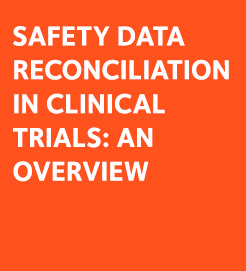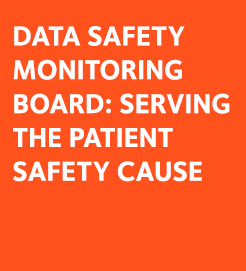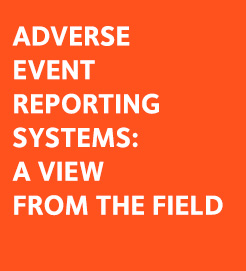As the world prepares for the post-COVID-19 era, we know that many of our old ways will have to change. We will need to imagine new ways of working, in particular for clinical trials and for patients’ safety. A challenge within a challenge… What if we could turn the challenge into an opportunity? Technology will be there.
The COVID crisis is a calamity. But it will pass, like all calamities do, and it will leave scars, like they all do. This crisis will not destroy humanity but it is going to make us rethink and probably change many of our ways. And because what doesn’t kill you makes you stronger, the changes will be for the best. One of these will undoubtedly be a change in the way we conduct clinical trials. Those working in the clinical research domain have seen the enormous disruption brought about by this pandemic: delays, complications, shortages of materials… the list is long. Most importantly, patients left in the middle of a treatment protocol with no way to get their medicine. Fortunately, new ideas have already emerged: remote patient management, home delivery of medication, shorter and fewer visits to the hospital, remote monitoring and much more. Even office work will be performed differently as work-from-home will bring additional complexity.
Of course patient safety management will be in the heart of considerations as always when new medicines and new devices are being tested. Monitoring and reporting of adverse events (AE) and especially serious adverse events (SAE) will continue to focalize the efforts of drug developers and technology will play an increasingly leading role in the endeavour.
Surprisingly, many pharmaceutical and biotechnology companies still rely on very simple tools for reconciling the clinical and safety databases when it comes to checking for discrepancies of SAE data. Until recently, getting representatives from three or four different departments in the same room for an SAE data reconciliation meeting looking at the projection of an Excel spreadsheet was not so difficult. Provided a not-so-large number of SAEs and a good project manager, the operation could be carried out relatively well. A few queries were issued and the field monitors would explain the questions to site personnel and obtain query resolution in time.
But this is changing. Remote work at both the company and site level require new software support to efficiently carry out safety data reconciliation. An additional difficulty? Not if you use the right software. As a matter of fact, with the right tools a challenge can once more be turned into an opportunity. A software allowing to connect to the appropriate databases, display selected data side-by-side, flag changes and record an audit trail of all operations can make work easier, faster and enhance quality. Virtual meetings can be called at the appropriate time regardless of the location of representatives, only latest data can be presented for review, decisions documented and queries instantly transmitted to monitors for remote resolution. Even personnel turnover has minimal impact as handover becomes flawless.
In conclusion, the increased challenges to SAE data reconciliation in the post-COVID-19 era can more easily be overcome using the right technology.
DOWNLOAD NOW THE FREE SAE RECONCILIATION HANDBOOK
The Manual / Reference Book with all the topics related to the Safety Data Reconciliation Management.







